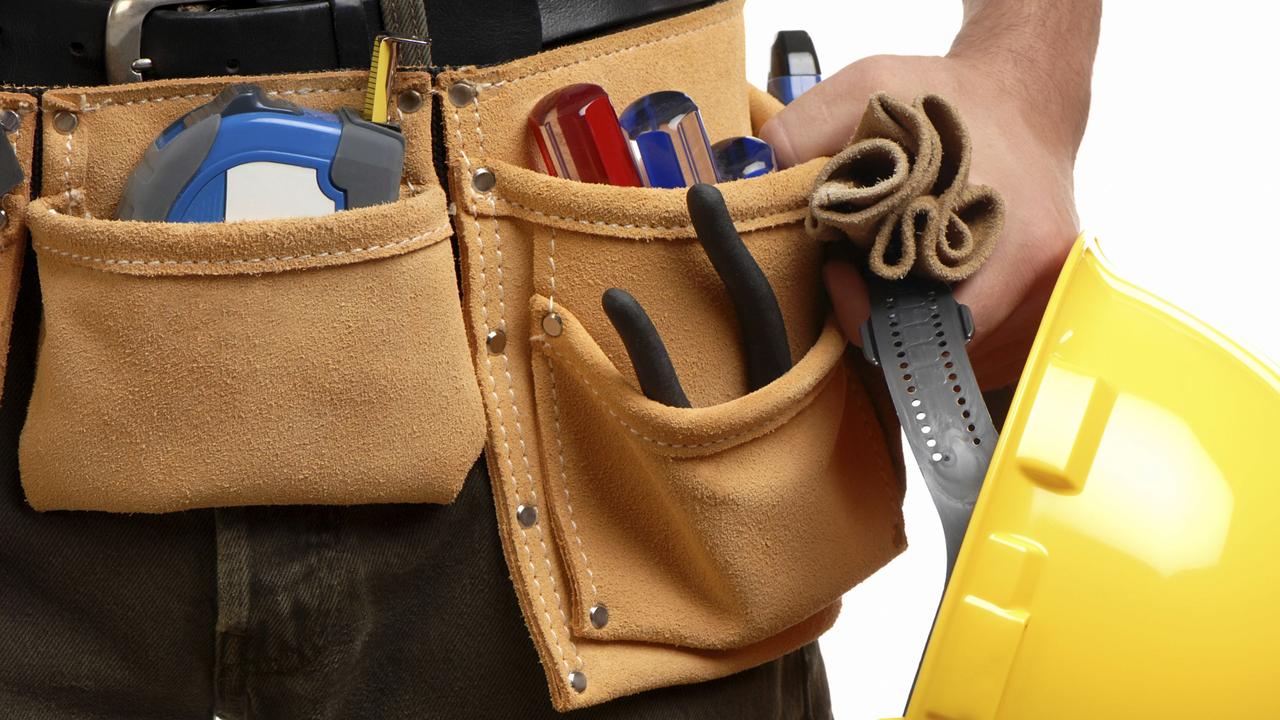Out of puff: Electrification delays means we’re stuck with already old diesel trains for years yet
SOME of Adelaide’s ageing diesel passenger trains could be almost half a century old before they are retired. Here’s why.

SA News
Don't miss out on the headlines from SA News. Followed categories will be added to My News.
SOME of Adelaide’s ageing diesel passenger trains could be almost half a century old before they are retired because of delays in electrifying the state’s train network.
The Transport Department has called a tender to investigate whether it will be safe to extend the life of the 3000 and 3100 series of trains — the mainstay of the rail network — from 30 years to a minimum 45 years.
Documents reveal the department wants a structural assessment of the 70-strong fleet, saying some trains are suffering cracks in their bogies and engine parts and that it may not be safe to extend their lifespan.

“Traction and power components of these railcars are reaching the end of their useful life, and some replacement parts are no longer available,” the documents say.
“Various projects have been proposed to extend the life of traction and power components; any of these would require significant investment that could only provide value ... if the railcars were used for an extended period in the order of 15 years.”
The Transport Department has 30 3000-series railcars and 40 3100-series railcars, manufactured respectively in two batches by Comeng in 1987 to 1988 and Clyde Engineering in 1992 to 1996.
The Comeng railcars were due to be scrapped after the arrival of 22 sets of three electric 4000-series cars, which are used on the electrified Seaford and Tonsley lines.
A source close to the electrification project told the Sunday Mail this could not happen because the older diesel engines would be needed on the Gawler line, the electrification of which has been delayed until 2017-18.
“The frustrating thing is that there will be all these 4000 electric trains underused and the other lines have to be propped up with old diesels,’’ he said.
“The 4000-series cars were ordered for Seaford and the very busy Gawler line, but Gawler is going to need the old diesels for the foreseeable future.”
Emily Pescod, 26, who runs the Red House cafe in North Adelaide railway station, said many people were eagerly awaiting the electrified line.
“The diesel trains are quite noisy, quite dirty and on weekends they don’t stop here,’’ she said. “You get used to the trains, but you feel every bump on the old line and the electric trains can’t come soon enough.’’

A spokesman for the Transport Department refused to say how many railcars had cracked bogies or engine problems, if there would be financial savings from the project and, if so, how much.
Rail, Tram and Bus union secretary Darren Phillips said Adelaide’s “Red Hen” trains served for 35 years so the refurbishment could work as long as it was done with the safety of passengers and staff in mind.
“There are a lot of checks and balances with passenger vehicles and you have to have a lot of trust in that with the engineers,” he said.
“There was money allocated to electrify all the lines except the Belair line, and that is now going to be done in dribs and drabs, and they need a fleet of diesel trains to keep going.”


